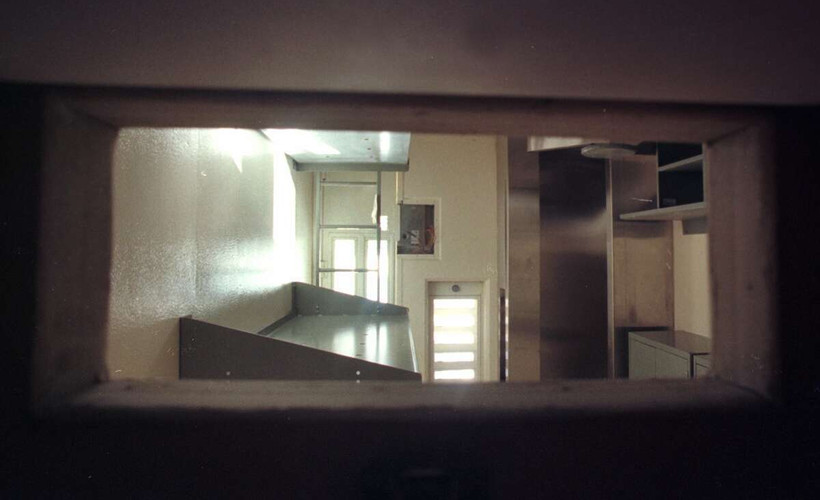Lesser Infractions Aren’t Supposed to Land You in Solitary Confinement. They Do Anyway.
New York prisons have illegally sent at least 1,100 people to solitary confinement for infractions that aren’t eligible for the punishment, a New York Focus analysis has found.

- State Prisons Are Routinely Violating New York’s Landmark Solitary Confinement Law
- Prisons Are Illegally Throwing People With Disabilities Into Solitary Confinement
- Solitary by Another Name: How State Prisons Are Using ‘Therapeutic’ Units to Evade Reforms
- New York’s Prison Chief Ordered Guards to Illegally Shackle People to Desks
- To Implement a New Law, Prisons Likely Broke Another
- Can Anyone Make New York Prisons Follow Solitary Confinement Law?
- Prison Department Writes Its Way Out of Following Solitary Confinement Law — Again
- A Law Hasn't Fixed Solitary Confinement in New York. Can a Lawsuit?
- How New York’s Maximum-Security Women’s Prison Has Failed to HALT Solitary Confinement
- The Biggest Issue Behind the New York Prison Guard Strike




